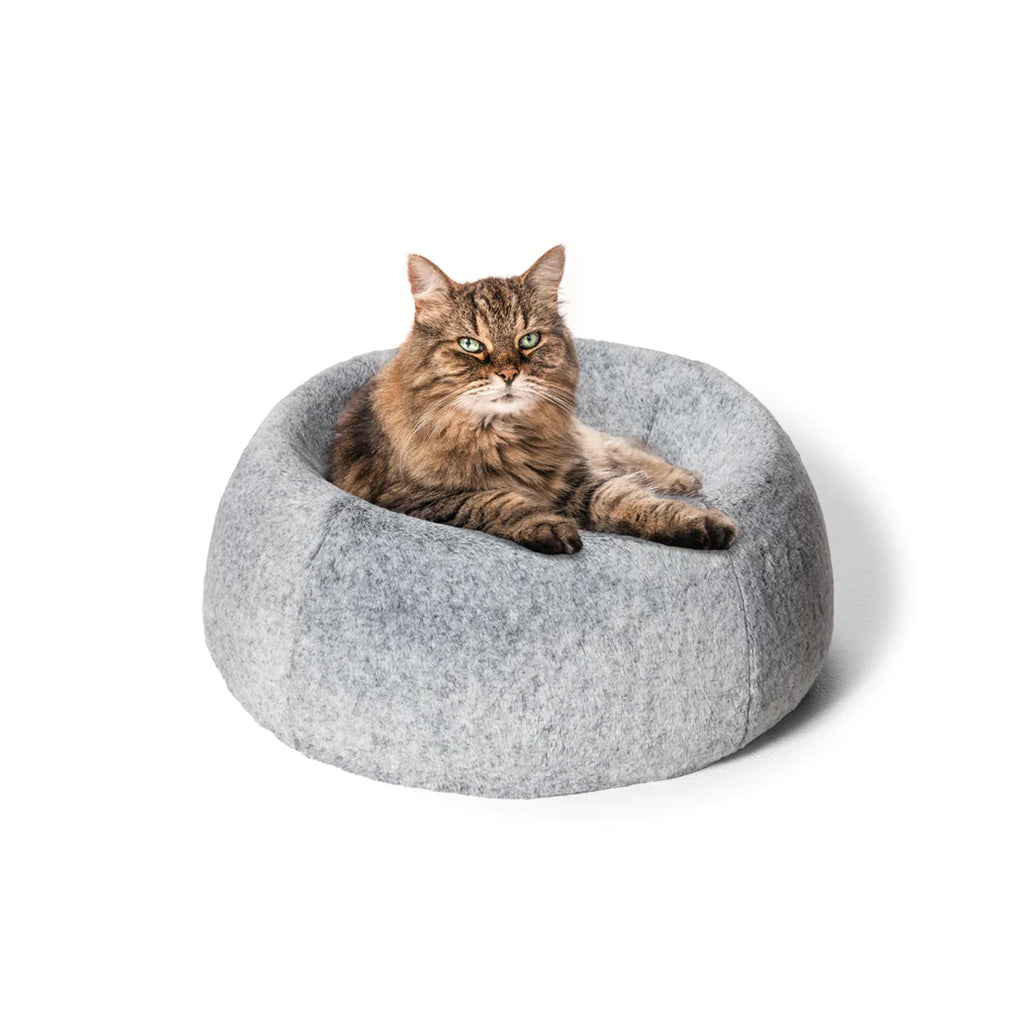Establishing a comfortable and fashionable environment for your four-legged companions is crucial, especially when it comes to their resting spots. A animal bed not only offers a comfy spot for your canine or cat to sleep but also serves a significant role in enhancing your home décor. With numerous alternatives available, it can be challenging to select the right bedding that not only meets your pet's requirements but also complements your interior design.
Grasping the multiple types of animal bedding and the attributes they provide can help you make an educated decision. From orthopedic options that assist aging limbs to beds for hot climates for high temperatures, each bed serves a unique function. In company website , we will examine how to find the most cozy pet bed for your companion while keeping in mind design, functionality, and your home's style. Regardless of whether you are looking for premium beds or budget-friendly alternatives, we have you supported on all things related to fashionable animal bedding.
Choosing the Right Pet Bed
Finding the ideal pet bed for your beloved friend can considerably improve their well-being and overall well-being. Begin by taking into account your pet's individual needs, such as their size, age, and any health issues they may have. For case in point, senior pets or those with joint pain may experience advantages from orthopedic options that provide additional support. In addition, reflect on your pet's resting habits; some pets prefer to lay flat, while others may like to curl up. This can help you in selecting the form and style of the bed, such as a circular or supportive style.
Examine the materials used in the pet bed. Longevity is vital, especially for pets that chew or dig at their bedding. Look for beds made from premium fabrics that can withstand wear and tear. Moreover, think about hypoallergenic components if your pet has allergies, as these can help diminish allergens in their sleeping area. Moreover, reflect on Snooza , such as whether the bed is machine-washable or has a washable cover, as this simplifies maintenance and helps keep your pet's space neat.
Finally, make sure to measure your pet correctly to confirm the right fit. An ill-fitting bed can cause discomfort and poor sleep quality. Take into account both the measurements of your pet and their favorite sleeping position. A bed that is undersized may constrain their movement, while a bed that is excessively big may not provide the warmth and security they desire. Making these careful evaluations will help you pick a pet bed that not just coordinates with your home décor but also fulfills your pet's unique needs.
Special Factors for Different Types of Pets
When selecting a pet bed, it's important to take into account the unique needs of different types of animals. For instance, dogs and cats exhibit different sleeping habits and patterns. Dogs tend to prefer beds that provide support and space to sprawl, whereas cats often seek out cozy, enclosed spaces where they can feel safe. Comprehending these tendencies will assist ensure that your pet sleeps comfortably and feels secure in their personal space.
Size also plays a key role in choosing the right bed for your pet. Large dog beds need to fit larger breeds comfortably without feeling cramped, while tiny dog beds should give little breeds a snug fit for warmth and security. For multiple pet households, think about beds that are spacious enough for a couple or more pets to share, or select separate beds that meet each pet's needs and dimensions.
In addition, health factors, such as age and any existing joint issues, must be taken into account. Senior pets often require more supportive beds, such as orthopedic or memory foam options, to alleviate discomfort. On the other hand, younger pets may gain from durable beds that can endure their playful antics. By considering these special factors, you can find the perfect bed that not only complements your home décor but also caters to the well-being of your furry friends.
Caring for Your Pet's Bed
Ensuring your pet's bed tidy is important for their health and comfort. Consistently washing the bed cover, if removable, can help eliminate odors and dirt that accumulate over time. Use a mild detergent that is harmless for pets to avoid any skin irritation. For beds without removable covers, consider using a protective blanket or sheet that can be conveniently removed and washed, prolonging the life of the bed itself.
Examining the bed for any signs of deterioration is also necessary. Check for loose seams, tears, or worn materials that may no longer provide sufficient support. For pets with a tendency to chew, look for chew-resistant features to increase durability. Replacing bed when it shows obvious signs of damage or wear ensures that your furry friend has a protected and cozy place to rest.

Ultimately, consider the setting in which the bed is used. For outdoor beds, make sure they are weather-resistant and clean them regularly to prevent mold and mildew. If your pet is prone to allergies, choose hypoallergenic materials and wash the bed regularly to lessen allergens. Proper upkeep fosters a more beneficial sleeping space, contributing to your pet's overall well-being.
